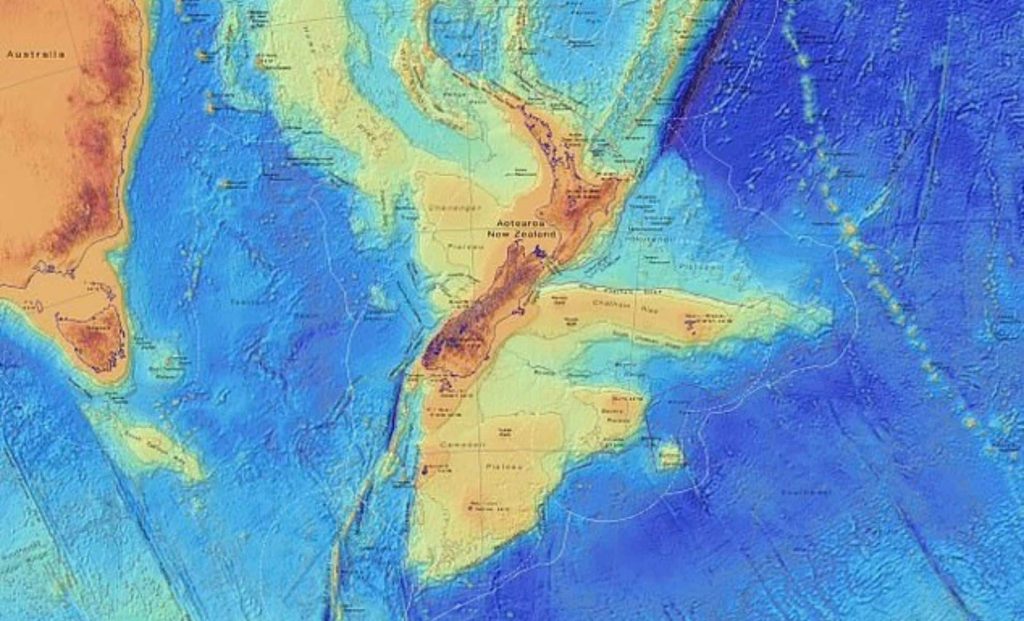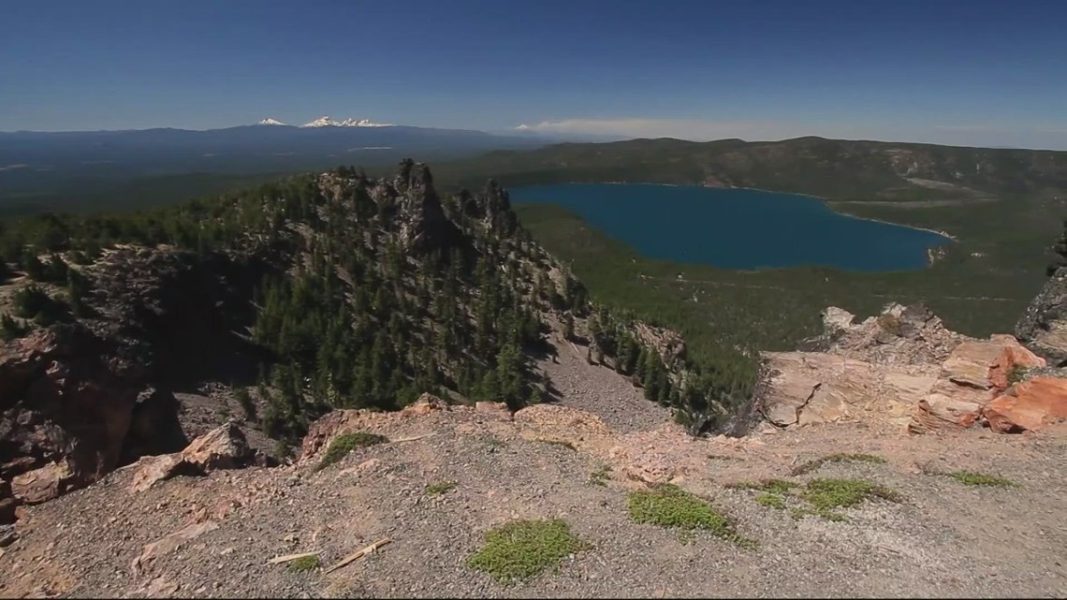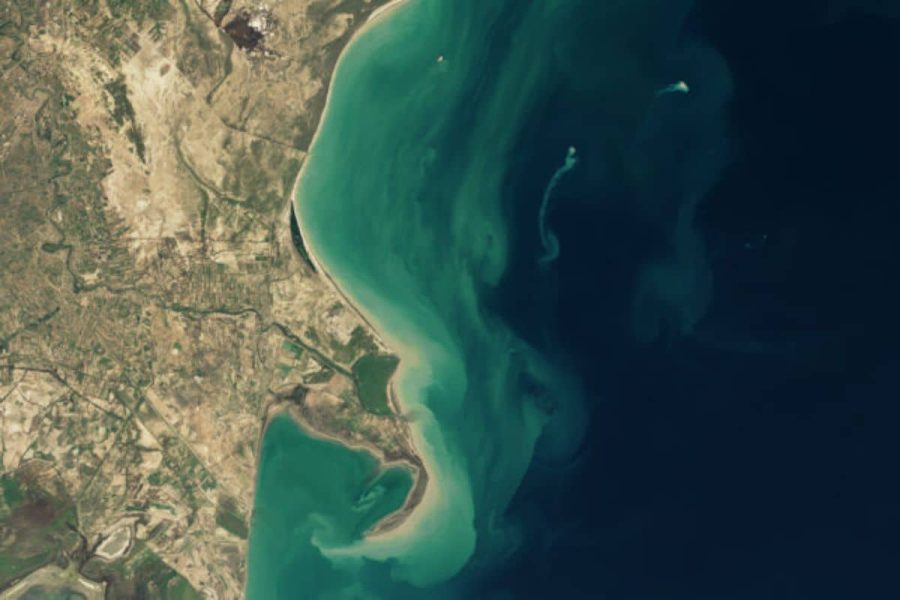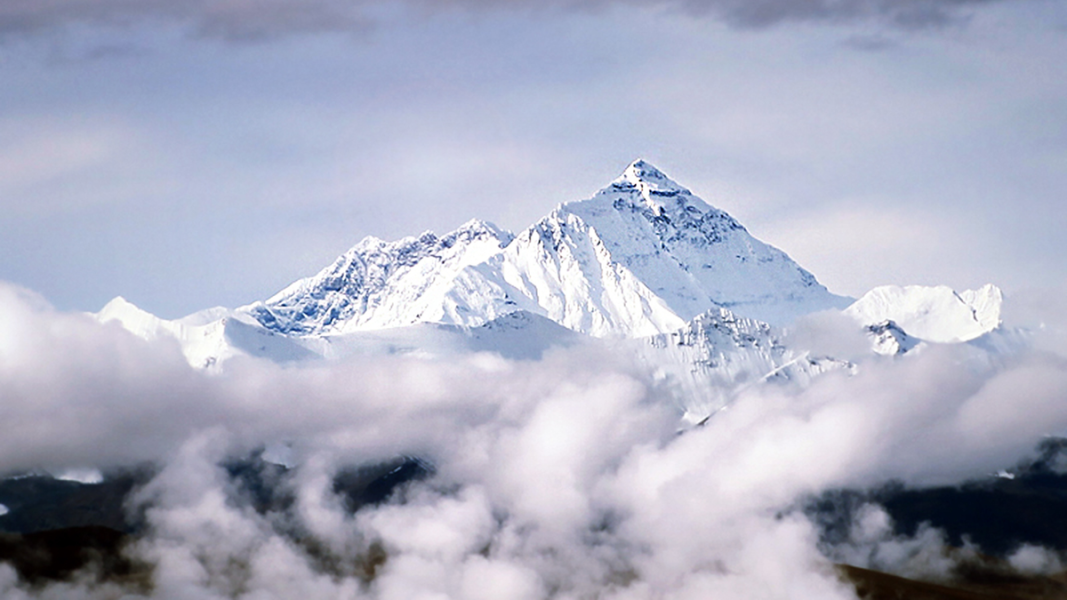Scientists Uncover Zealandia: The Hidden Continent Missing for 375 Years – The Daily Galaxy –Great Discoveries Channel

For nearly 400 years, scientists speculated about the existence of Zealandia, a massive landmass that mysteriously disappeared beneath the ocean. Now officially recognized as Earth’s eighth continent, this submerged world is rewriting what we know about our planet’s geography. What secrets does it still hold beneath the waves?After centuries of speculation, scientists have officially confirmed the existence of Zealandia, an enormous submerged continent that was lost to history for nearly 400 years. Spanning an incredible 1,890,000 square miles, this “missing” landmass lies mostly underwater, hidden beneath 2 kilometers of ocean. The continent, also known as Te Riu-a-Māui in the Māori language, was first hypothesized in 1642 by Dutch explorer Abel Tasman, but its existence eluded researchers until recent advancements in geology and technology.This landmark discovery not only redefines our understanding of Earth’s geography but also raises intriguing questions about the history of continents and the forces that shape our planet.Zealandia’s story begins nearly 500 million years ago as part of the supercontinent Gondwana, which also included modern-day Antarctica, Australia, South America, and Africa. Around 100 million years ago, geological forces began pulling Gondwana apart, and Zealandia slowly separated from eastern Australia. However, unlike most other continents, Zealandia experienced significant subsidence. Approximately 94% of the landmass sank beneath the ocean, leaving only parts of modern-day New Zealand and New Caledonia above water.The exact reasons behind Zealandia’s dramatic sinking remain a mystery. Scientists speculate that a combination of tectonic stretching and thinning of the crust played a major role. These processes left the continent hidden beneath layers of oceanic sediment, making it extremely difficult to locate.The concept of Zealandia gained traction in 2017 when researchers at GNS Science, New Zealand’s Crown Research Institute for geology, used modern seafloor mapping and drilling techniques to outline the boundaries of the submerged landmass. However, the scientific community hesitated to officially recognize Zealandia as a continent due to its unique characteristics.One major challenge in studying Zealandia has been its depth, with much of the landmass lying over 2 kilometers underwater. “It’s quite hard to make discoveries when everything is 2 kilometers underwater, and the layers that you need to sample are 500 meters beneath the seabed as well,” explained Robert Sutherland, a geophysics professor at Victoria University of Wellington. “It’s really challenging to go out and explore a continent like that. So, it just takes a lot of time, money, and effort to go out and ships and survey regions.”Despite these obstacles, scientists have successfully gathered evidence supporting Zealandia’s continental status. This includes its distinct geological composition, which aligns with the criteria used to define continents.The rediscovery of Zealandia exemplifies how Earth’s greatest secrets can remain hidden in plain sight, defying conventional wisdom and expectations. Despite its massive size—nearly two-thirds the area of Australia—its submerged nature made it easy to overlook. “This is an example of how something very obvious can take a while to uncover,” explained Andy Tulloch, a leading scientist at GNS Science. The unique geological features of Zealandia, including its thicker crust compared to the surrounding ocean floor, were the first clues that it was not just another piece of oceanic crust but part of a lost continent.The challenge lay in its concealment beneath 2 kilometers of water, with crucial sediment layers hidden even further below. Explorations required advanced mapping technology, drilling equipment, and significant financial investment. Despite these hurdles, scientists have been able to piece together a picture of Zealandia, confirming its status as Earth’s eighth continent. Its discovery serves as a reminder that even in an era of high-tech exploration, our understanding of Earth’s geography remains incomplete. “It shows that there’s likely far more that we are still yet to learn about the Earth, with much of it potentially underneath our noses this whole time,” Tulloch noted.The recognition of Zealandia as a continent represents a significant milestone in geology, offering new perspectives on the formation and evolution of Earth’s landmasses. Scientists hope that studying Zealandia will provide crucial insights into how continents break apart and sink, illuminating the geological processes that have shaped our planet over hundreds of millions of years. Understanding the unique history of Zealandia could also shed light on similar submerged features in other parts of the world.Zealandia’s connection to the ancient supercontinent Gondwana makes it an invaluable resource for reconstructing the history of tectonic plate movements. Its geological makeup, including continental crust with distinct mineral compositions, offers evidence of how it separated from eastern Australia and Antarctica. Additionally, the long period of submersion could reveal important data on the interaction between landmasses and rising sea levels, providing insights into climate change over millions of years. By unraveling Zealandia’s secrets, researchers can build more accurate models of Earth’s geological history and predict future changes to the planet’s surface.Beyond tectonics, Zealandia could also prove vital for understanding marine ecosystems. As a mostly submerged continent, it has hosted unique environments that have adapted over millennia. Researchers believe that further exploration of Zealandia could uncover new species, ecosystems, and evidence of how marine life has evolved in tandem with shifting continents.The rediscovery of Zealandia marks the beginning of a new era in scientific exploration, highlighting both the potential of modern technology and the enduring mysteries of our planet. Its recognition as the Earth’s eighth continent underscores the importance of collaborative international research and advanced exploration techniques. Technologies such as high-resolution seabed mapping and deep-sea drilling have made it possible to uncover what was once unthinkable—an entire continent hidden in plain sight.Zealandia’s recognition also raises the question of what other secrets remain undiscovered beneath Earth’s oceans, which cover more than 70% of the planet’s surface. Despite advancements in technology, much of the seafloor remains unexplored, leaving vast areas that could hold clues to Earth’s past, present, and future. The discovery of Zealandia is a reminder of the importance of continued investment in scientific exploration to uncover the mysteries of our planet.As scientists delve deeper into Zealandia’s history, its significance as a natural archive of geological, climatic, and biological processes becomes increasingly clear. Zealandia stands as a testament to humanity’s relentless curiosity and ingenuity, and its rediscovery inspires hope that more groundbreaking discoveries lie just beneath the surface, waiting to be unearthed.Got a reaction? Share your thoughts in the commentsEnjoyed this article? Subscribe to our free newsletter for engaging stories, exclusive content, and the latest news.Comment Save my name, email, and website in this browser for the next time I comment.
© 2024 | Daily Galaxy | All rights reserved
Source: https://dailygalaxy.com/2025/01/zealandia-continent-missing-375-years/




